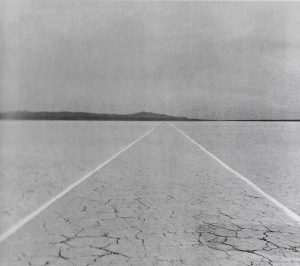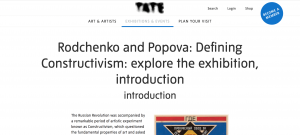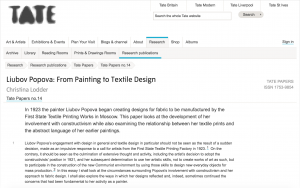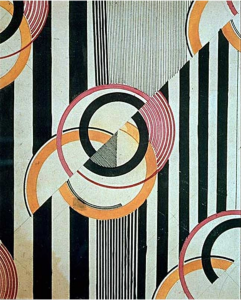Throughout the Research and Communications module I found the lectures very insightful as I felt each task was interesting and individual to the last as they all linked together. Getting progressively more challenging each week, each task was building upon the last meaning for me it was easier to understand as I could use the skills I had learnt previously and apply it to the question at hand.
The first few tasks focused on different ways of doing and using research which although I didn’t particularly enjoy, I found extremely helpful towards the end. Before starting the blog, I had only really delved into online resources as they were accessible and not too time consuming, but after the How to Use Online Resources task I learnt that using the libraries was not as daunting as I had perceived. I still use online resources but I feel this task in particular helped me really understand the difference between primary and secondary resources and how to use them but also helped me realise how helpful the library resources were. The books and magazines definitely helped me find information I wouldn’t have otherwise found and this is something I will use more in the future. Similarly, the visual research task along with the reflective writing in textiles also helped me build my skills in these areas as well as practicing my Harvard referencing skills as this was something I struggled to understand at the start.
As the tasks went on I definitely found the module more enjoyable as I began to understand how to write in a better, more intellectual way. The reflective writing task was definitely something I struggled with as I couldn’t get my head around the writing in the first place. Eventually I went back to how I started these tasks and wrote notes on everything I interpreted from the text so it was easier to understand. From doing this is I had unpacked so many different talking points and had found lots of books and material to help explain my opinion as I was genuinely more interested in finding out more. Although hard at the start it definitely helped me to understand what makes a reliable and academic reference but also how to form a justified and substantiated opinion. The Ethics task followed this and having used the skills from the last task, I definitely found it a lot easier to write about. It started as a visual analysis but then went into reflective writing which I found the most interesting out of them all. I feel after learning about how important visual imagery is, in a fashion context, showed me how influential they can be amongst the general public as viewers and is definitely something I will consider in my future projects.
Overall, reflecting on the tasks has highlighted how much I have learnt throughout the module. The actual ‘blog’ aspect helped me to see that everyone has a different way of interpreting a task and being able to scroll through and pick up certain things that I may have missed was useful in developing my writing style. It also has introduced me to so many new skills that will benefit my future work.


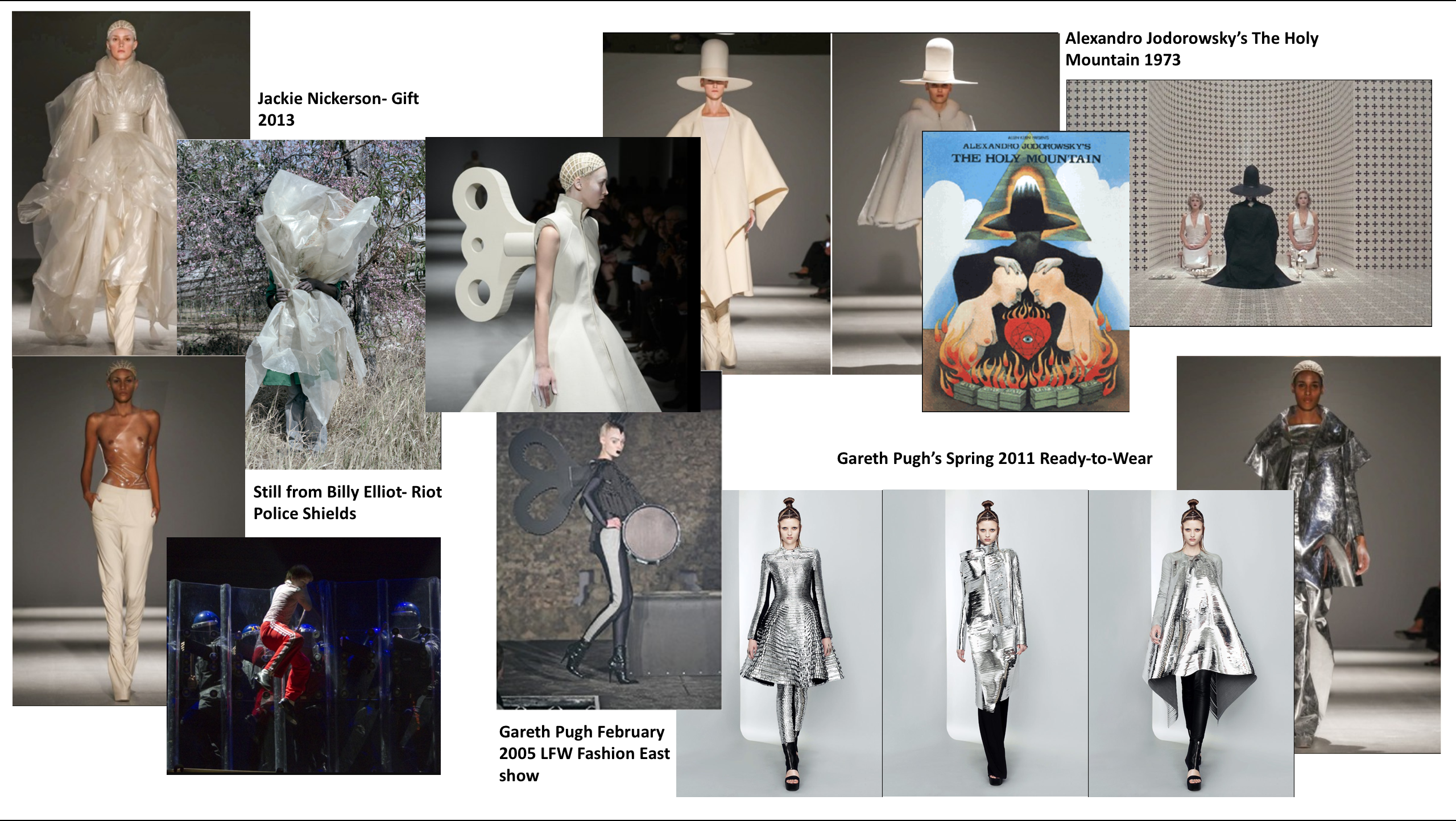
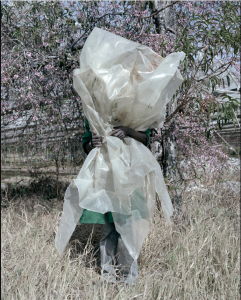
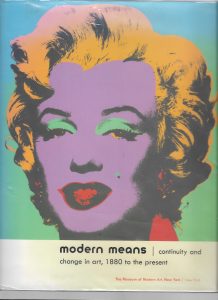
![[2]](http://blog.soton.ac.uk/rcs/files/2017/10/Screen-Shot-2017-10-23-at-23.07.13-300x151.png)
![[3]](http://blog.soton.ac.uk/rcs/files/2017/10/Screen-Shot-2017-10-23-at-23.06.45-300x161.png)
![[4] Coat, André Courrèges, 1967. Museum no. T.102-1974. Victoria and Albert Museum.](http://blog.soton.ac.uk/rcs/files/2017/10/Screen-Shot-2017-10-23-at-23.20.38-208x300.png)
